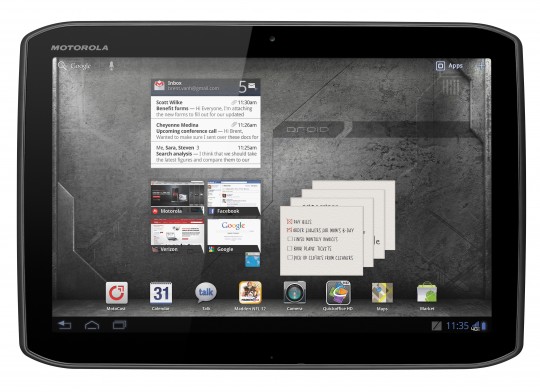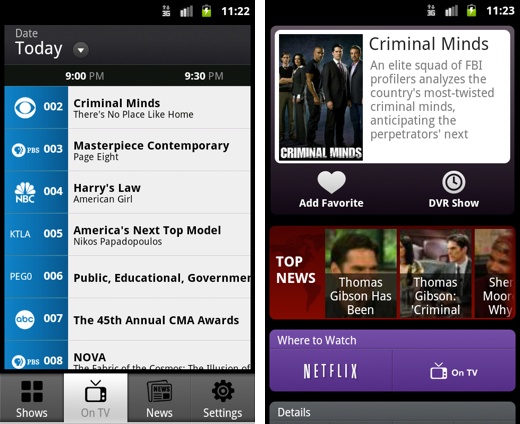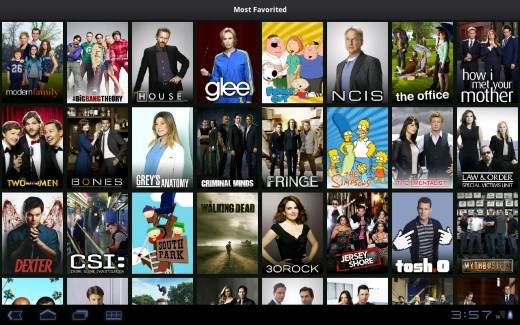If it’s bargains you’re after, and you happen to be in the market for both a new LTE smartphone and tablet, you may want to take advantage of Verizon’s upcoming promotion. Purchase a new DROID RAZR (presumably including the white model) and you can take $100 off any DROID XYBOARD, from the $429 8.2-inch 16GB version all the way up to the $729 64GB 10.1-inch version. You’ll also be eligable for $50 off “select Motorola accessories” – a perfect opportunity to stock up on cases, docks or what have you.
The DROID RAZR joins a host of white smartphones this Christmas, including the Samsung Galaxy S II, Galaxy S II Skyrocket, HTC Incredible II, HTC EVO 3D – suffice it to say, there’s a lot of white going around. Naturally, that other Verizon phone, you know, the one we’ve been waiting on for over a month, the one that seems to be available for everyone except Americans – hasn’t been announced. But we get a phone that’s in plentiful supply in white. Thanks a lot, Verizon.







 12:45 AM
12:45 AM
 Simranpal SIngh
Simranpal SIngh

















